Boston & Albany’s J2 Hudsons provided subtle variety to the greater New York Central System.
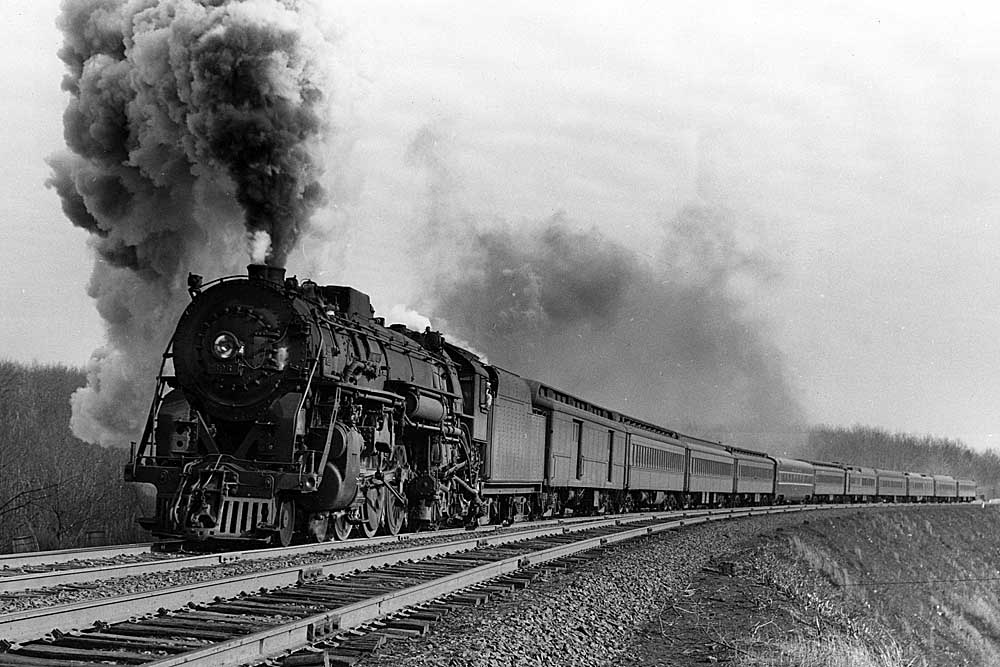
From the moment the New York Central absorbed the Boston & Albany Railroad via lease in 1900, you can imagine the company’s executive team vowing to hang on to as much independence as possible. The B&A was a proud railroad, with roots that ran way back to 1835, a legacy of operating in the rugged Berkshires (hardly the “Water Level Route”), and an attitude that mirrored that of its home state: independence. Thus until 1951 did the B&A name continue to appears on cars and locomotives, mostly notably on the 20 4-6-4 J2-class Hudsons assigned to such storied NYC trains as the New England States and the Boston section of the Wolverine.
The B&A was justifiably proud of its 4-6-4s. After all, as assets of an NYC subsidiary, they had a kinship with steam royalty. “NYC’s Hudsons were America’s best-known steam engines,” wrote historian George H. Drury. “They were many in number and ran through populous territory, NYC had an active public-relations department, model manufacturers (including Lionel and American Flyer) copied them in practically every scale — and they were fast, powerful, and good-looking.”
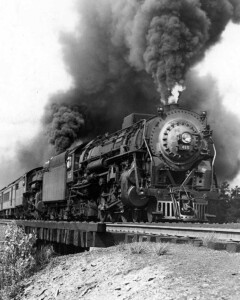
The Boston & Albany’s J2 Hudsons certainly looked like typical NYC Hudsons, with their unmistakable symmetrical front ends, cast pilots, and all-around clean lines. But a closer look revealed important differences. Most notable was the including of a square sandbox, a homely alteration made in 1936 and ’37 that nonetheless expanded the engine’s supply of sand, something very useful in the hills of western Massachusetts. Ditto the engine’s 75-inch driving wheels, better to dig in with than the Central Hudsons’ 79-inch drivers. Early on, B&A’s Hudsons had rather squat tenders with four-wheel trucks, although most gradually were switched out for standard NYC 12-wheel tenders. Finally, NYC management allowed the B&A to forgo the traditional 5200 series and number its 4-6-4s as 600-619, although after 1951 some would later be renumbered in NYC’s 5400 series to work Central’s Harlem and River divisions. Worth mentioning is the fact that B&A split its order of Hudsons evenly between Alco-Schenectady and Lima, deliveries made between 1928 and 1931.
One thing that observers generally agree upon: the Boston & Albany Hudsons were likely the cleanest, shiniest 4-6-4s on NYC property. The B&W shop forces at the Beacon Park engine terminal near Boston had a reputation for fastidiousness when it came to washing or wiping down steam power. Some of that might be because, as operating territories go, the J2 had it relatively easy on a 200-mile railroad, Boston to Albany. Perhaps this gave roundhouse forces more opportunities and time to keep the engines clean. “They were the most fussed over, prettied-up engines on all (NYC) lines and just maybe the whole USA,” wrote Alvin F. Staufer and Edward L. May in their book Thoroughbreds.
Alas, Boston & Albany’s J2 Hudsons suffered the same fate as all the NYC Hudsons: every last one of them was scrapped.






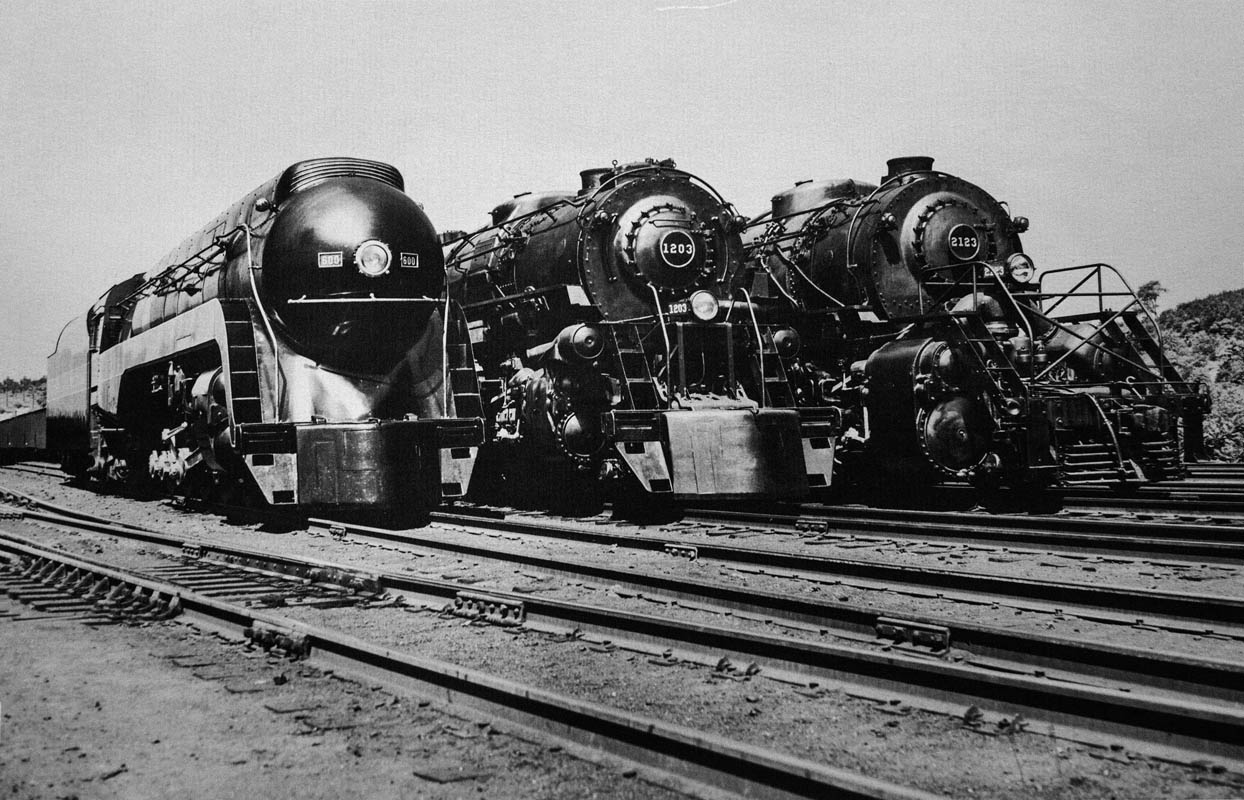
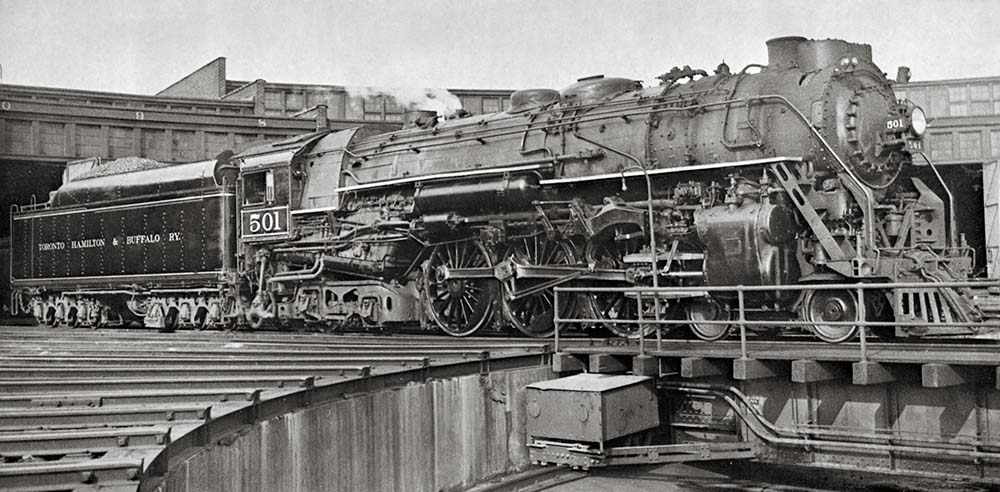

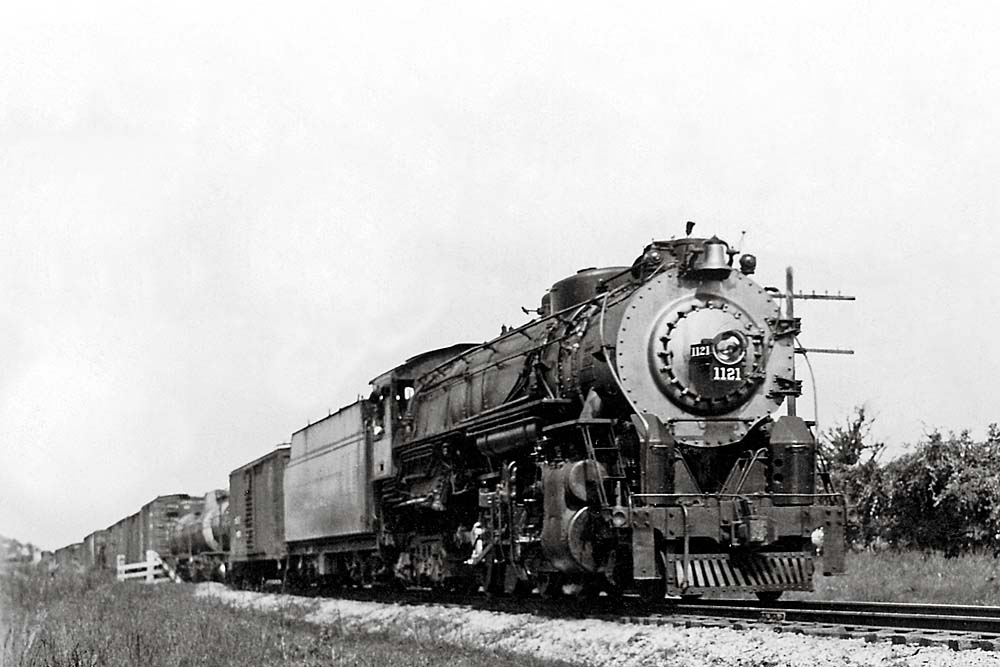




This is a very informative and interesting piece on locos I never got to see first hand. It has a few typos in it, notably in the caption for the first photo, in which the Hudson is misidentified as a loco belonging to the Boston & Maine, who had no 4-6-4’s at all.